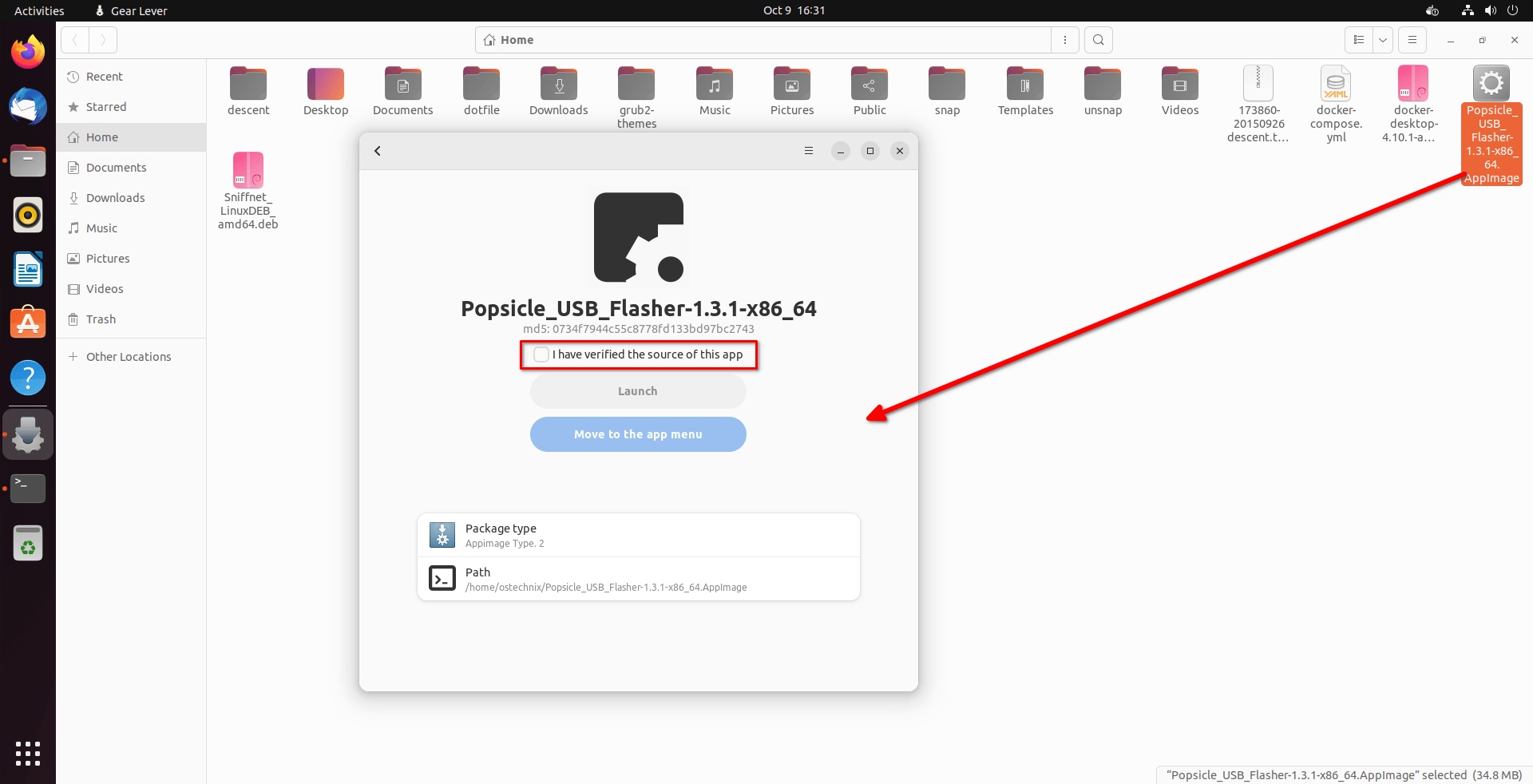
A novel open-source utility has emerged as a solution for managing AppImage applications on Linux, addressing longstanding challenges faced by users. Gear Lever, designed for streamlined handling of portable application formats, is gaining attention for its user-friendly interface and practical features tailored to the Linux ecosystem.
AppImages, which allow applications to run without installation or dependency conflicts, have grown popular among Linux users. However, their decentralized nature often leaves users grappling with managing updates, file organization, and application integration into the desktop environment. Gear Lever bridges these gaps with a suite of tools that simplify these processes, making it easier for users to deploy and maintain AppImage-based applications.
The tool supports automated updates for compatible AppImages, eliminating the manual effort required to check for newer versions. Its intuitive interface guides users through adding, managing, and removing AppImages, ensuring seamless interaction with applications. Gear Lever also includes features for desktop integration, such as creating launchers and menu entries, addressing one of the common pain points in managing these portable apps.
Developers have emphasized Gear Lever’s lightweight and efficient design, ensuring it complements the minimalistic ethos of Linux while providing substantial utility. The program’s compatibility with most AppImage applications enhances its versatility, making it a valuable resource for casual users and Linux power users alike.
Initial responses from the Linux community highlight the tool’s effectiveness. Enthusiasts note the ease of organizing large collections of AppImages, a challenge that had previously deterred users from fully embracing the format. With its ability to centralize updates and streamline workflows, Gear Lever is seen as a step forward in making AppImages more accessible.
Developed with open-source principles at its core, Gear Lever allows users to contribute to its codebase, fostering an environment of collaboration. Developers can propose enhancements, report bugs, and build on the existing features, ensuring the tool evolves to meet the community’s needs. The active development model reflects broader trends in the Linux ecosystem, where open collaboration drives innovation.
Industry analysts observing the rise of portable application formats recognize Gear Lever as a potential catalyst for broader adoption of AppImages. They note that by addressing the friction points associated with AppImage management, Gear Lever could make the format more appealing in professional and educational settings where ease of use is critical.
The emergence of tools like Gear Lever also underscores a shift toward more modular and user-friendly solutions within Linux. As distributions increasingly prioritize flexibility, tools that enhance the user experience without compromising system integrity are becoming essential. Gear Lever fits this narrative, offering a pragmatic approach to managing applications while respecting Linux’s core principles of control and customization.
Although it is still gaining traction, Gear Lever’s developers have outlined plans for expanding its capabilities. Future updates may include broader support for additional application formats, enhanced cloud storage integration for AppImages, and advanced scripting features for power users. These planned enhancements demonstrate a commitment to keeping the tool relevant as user needs evolve.




